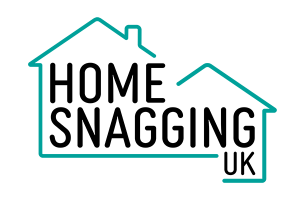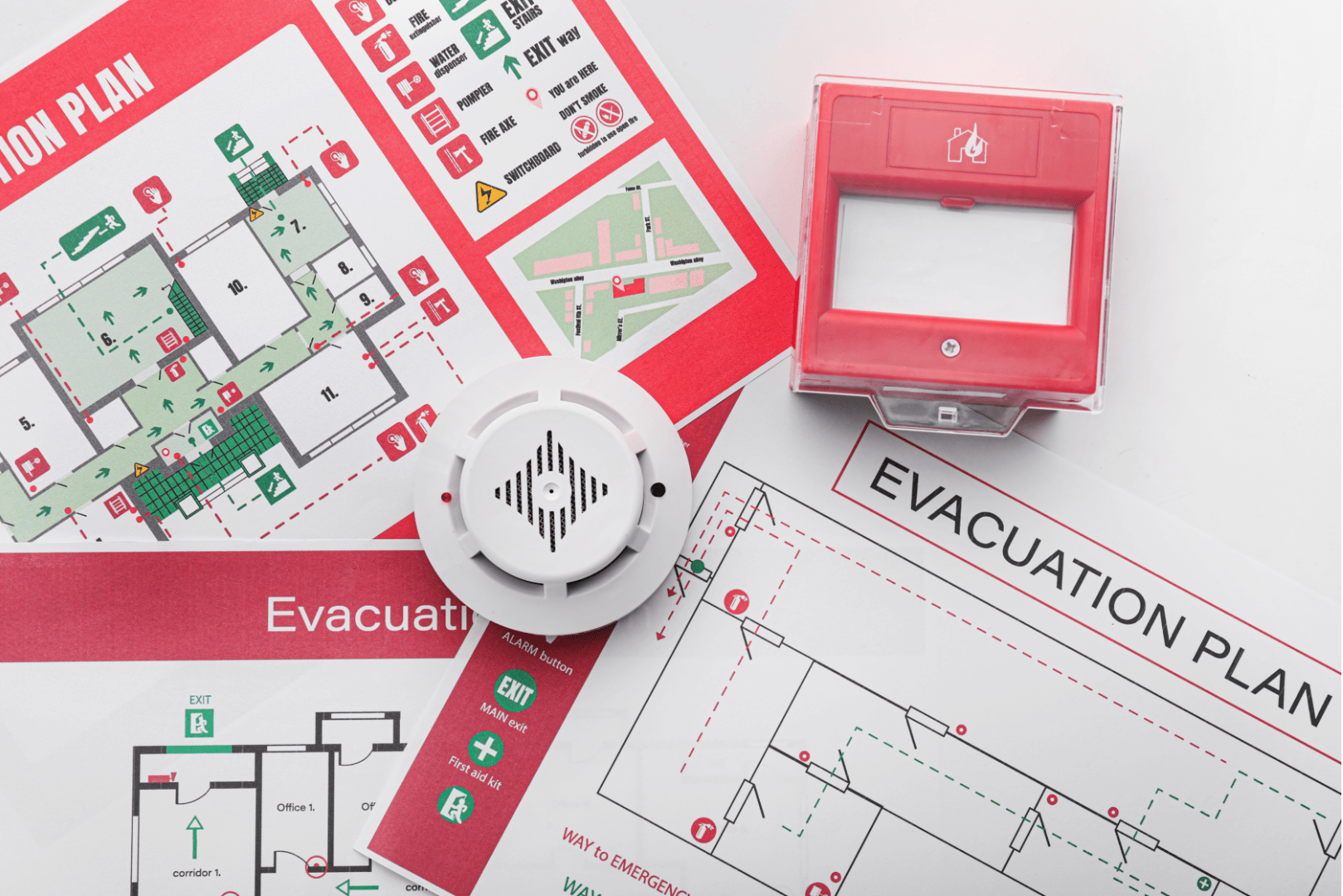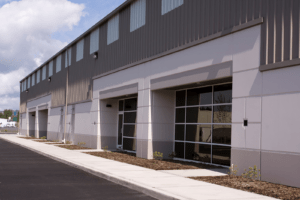Fire safety is a fundamental concern in building and property maintenance, serving as a vital safeguard against the potential devastation of fire incidents. Compliance with fire safety standards is not just a regulatory requirement—it’s a crucial investment in the safety and well-being of occupants.
Snagging: Ensuring Compliance and Safety
In this context, snagging plays an indispensable role. This process involves a detailed inspection of new and existing buildings to ensure every aspect meets the stringent fire safety requirements laid out in building regulations across England. From the installation of fire doors and alarms to the proper configuration of escape routes, snagging ensures that properties not only comply with the latest regulations but also provide a safe environment for every occupant. By integrating snagging into routine property assessments, building owners and managers can uphold the highest standards of fire safety, preventing potential hazards and ensuring a secure living or working space.
Overview of Fire Safety Building Regulations in England
Understanding Approved Document B
Approved Document B of the Building Regulations in England provides comprehensive guidance on fire safety measures required in both new and existing buildings. This document is critical for ensuring that construction practices adhere to necessary fire safety standards, aiming to protect human life by:
- Limiting the spread of fire within and between buildings
- Providing adequate means of escape
- Ensuring the stability of structures in the event of a fire
- Offering access for firefighting and rescue operations
It details specific requirements for various aspects of building design and construction, including fire detection and alarm systems, fire door installations, emergency lighting, and the materials used in construction to prevent fire spread.
Implications for Building Owners, Developers, and Residents
For building owners and developers, compliance with Approved Document B is not optional but a legal obligation. Ensuring that buildings are up to the standards specified in this document is crucial for obtaining building control approval and for the safety certification of the property. Non-compliance can lead to severe penalties, including fines and mandatory reconstruction work. More importantly, it can significantly impact the safety of the building’s occupants and potentially lead to loss of life in the event of a fire.
For residents, living in a building that conforms to the fire safety standards set out in Approved Document B means a safer living environment. It assures tenants and homeowners that their safety is taken seriously and that measures are in place to protect them in case of a fire. This is particularly vital in multi-occupancy residential buildings, where the risk and potential impact of fire are more significant.
The Role of Snagging in Compliance
Snagging plays a pivotal role in this context by ensuring that all fire safety measures are correctly implemented and functional. During construction or renovation, snagging inspections help identify any areas that do not meet the regulatory requirements or deviate from safety standards, allowing for corrections before the building is fully occupied. Regular snagging checks post-construction can also help in maintaining these standards throughout the building’s lifecycle, ensuring that wear and tear or modifications to the building do not compromise fire safety.
By keeping a keen eye on these regulations and their implementation through effective snagging practices, stakeholders can ensure that buildings are not only compliant but also offer a safe, secure environment for all occupants.









